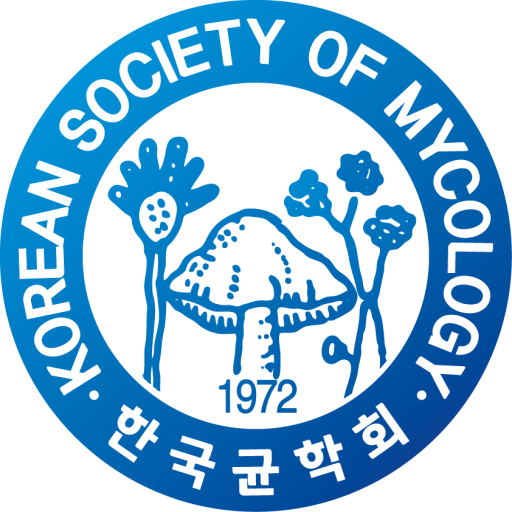The genus Trichoderma has been widely used to control various plant pathogens. One of these is T. asperellum NNIBRFG 4324. To test the usefulness of this fungus and its corresponding genes, the development of an efficient transformation system is required, but it has not yet been developed. In this study, we developed and optimized the fungal transformation system via Agrobacterium tumefaciens-mediated transformation. A total of 298 transformants were produced employing binary vector pSK1044, which carried both the hygromycin B phosphotransferase (hph) gene and the green fluorescent protein (gfp) protein gene for marker genes. PCR amplification of hph and gfp genes confirmed the T-DNA integration in randomly selected transformants. Additionally, we observed green fluorescence in the transformants using fluorescence microscopy. The transformants maintained 300 μg/ml hygromycin B resistance after three serial transfers without hygromycin, indicating mitotic stability. High transformation efficiency was achieved by co-cultivation with A. tumefaciens cells pre-treated with acetosyringone, 36 hours of co-cultivation time, and 10,000 spores per co-cultivation. These results will facilitate an in-depth study of T. asperellum NNIBRFG 4324 through an Agrobacterium tumefaciens-mediated transformation as a powerful tool for genetic research

 English
English